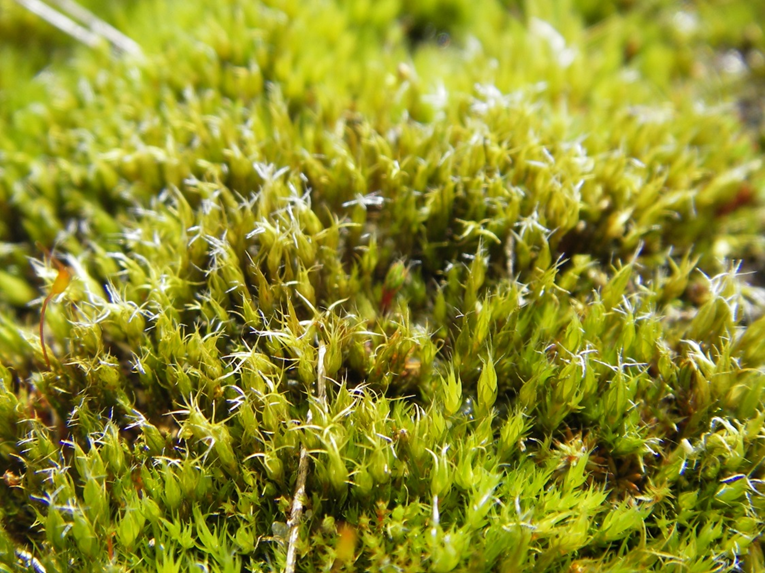5 May 2015 | By Franz Essl
A new study led by C·I·B associate Franz Essl (University of Vienna) and published in Ecography provides the first comprehensive assessment of the environmental and anthropogenic (caused or produced by humans) factors driving bryophyte invasions worldwide.
Bryophytes are land plants that lack a vascular system (xylem and phloem) and include the groups: mosses, liverworts and hornworts. Until recently, bryophyte invasions were poorly studied, and thus it was unknown if and how factors driving large-scale patterns of bryophyte invasions differ from that of vascular plants.

The study showed that bryophyte invasions differ in several aspects from vascular plant invasions. For instance, among alien bryophytes naturalizations – the establishment of permanent and often expanding populations – happen more frequently in regions of the complementary hemisphere than in regions of their native hemisphere. The authors also found that alien bryophytes share several features with vascular plant invasions, such as in general islands are more invaded by bryophytes than continental regions.
“This first analysis of the global patterns of bryophyte invasions provides intriguing insights into the biogeography of alien bryophytes”, says Franz Essl, co-author of the publication. “It has become clear that bryophytes are important components in the global alien species pool, and thus deserve attention in alien species science and management.”
Read the paper
For more information, contact Franz Essl at franz.essl@univie.ac.at
